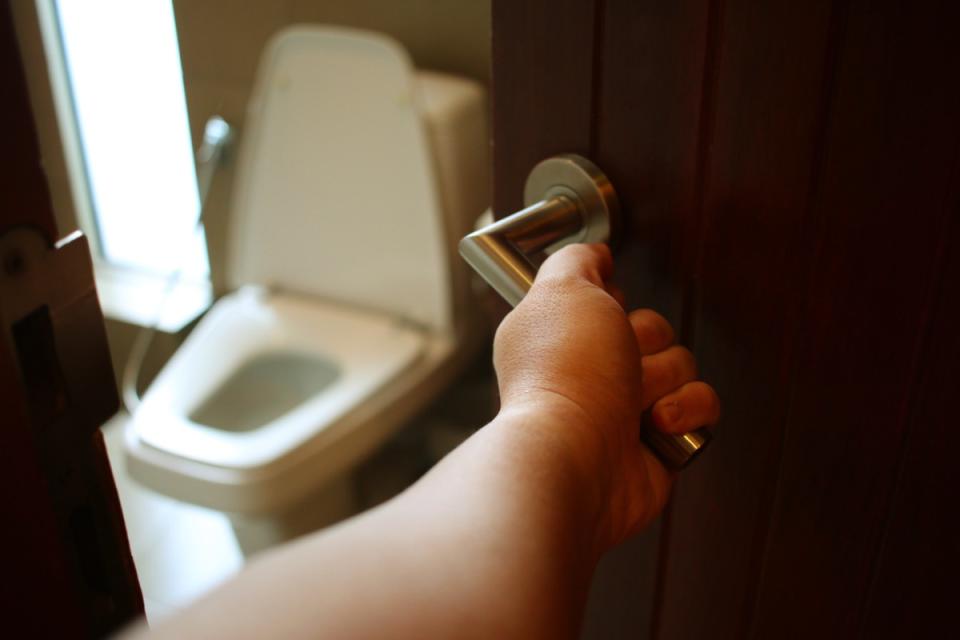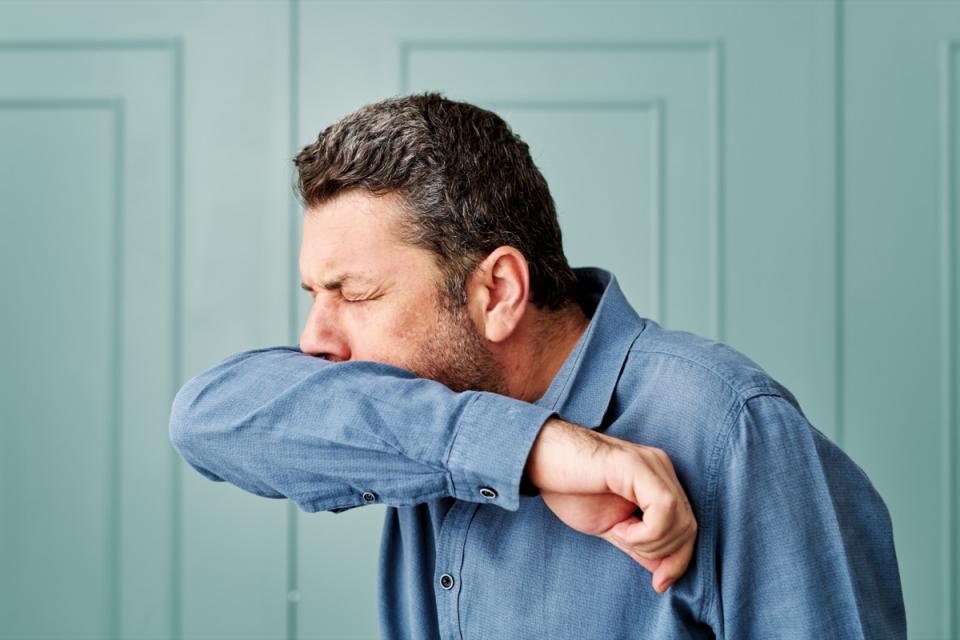Cancer is the second most common cause of death after heart disease, but many people have fallen behind on their cancer screenings over the past three years. “Cancer screening aims to find cancer before symptoms appear while the tumor is still small and confined, which is when the chance of cure is the highest,” says Jyoti D. Patel, MD, FASCO. “Different groups, including the American Society of Clinical Oncology (ASCO) and the United States Preventive Services Task Force, or USPSTF, offer recommendations for screening for different types of cancer, including breast cancer, cervical cancer, colorectal cancer, and lung cancer, depending on a person’s age and risk factors. In addition to these cancers that can be detected by screening, some cancers are found during routine medical appointments when a health care provider notices an abnormal lump or skin lesion during a physical exam or when routine blood tests find an abnormality.”
One important element of cancer prevention is being frank and honest with health professionals, and being comfortable asking questions. “If you don’t ask questions you won’t know if you’re doing the things that are right for you to help lower your cancer risk,” says Therese Bevers, MD, Medical Director of the Cancer Prevention Center at MD Anderson. “Something might be missed. Ask your doctor for a cancer risk assessment. Your personal history, family history and lifestyle choices all affect your cancer risk. Be specific. Ask your doctor what your risk is for certain cancers. Your risk for one type of cancer may be greater than another type of cancer. Getting specific will allow you to make sure you’re getting the information you need. While there are standard screening guidelines, they may vary, depending on family history, personal health history, inherited risk factors and behaviors. Talk to your doctor to make sure your screening exams are up to date.”
According to Dr. Patel, screenings are climbing back up but are nowhere near where they need to be. “Although screening rates for many cancers have started to rebound after the first wave of COVID-19, they are still lower than levels in 2019,” she says. “The National Cancer Institute predicts that there will be at least 10,000 excess deaths from breast and colorectal cancers over the next 10 years in the United States as a direct result of people not getting regular mammograms and colonoscopies. These deaths don’t include the effects that interruptions in cancer treatment or decreases in preventive measures, such as getting the human papillomavirus (HPV) vaccine, have had, so there may be even more excess deaths as a result of this pandemic.” Here are five symptoms of a hidden cancer to be aware of. Read on—and to ensure your health and the health of others, don’t miss these Sure Signs You’ve Already Had COVID.
1
Abdominal Pain
Abdominal pain that radiates to the back could be a sign of pancreatic cancer. Lying down can make the pain worse, while sitting up can relieve it. Pancreatic cancer is the third most common cause of cancer death in the US, and is often found too late for effective treatment. “Although pancreatic cancer is rare, it is a devastating disease with low survival rates,” says US Preventive Services Task Force member Chyke Doubeni, MD, MPH. “Unfortunately, we do not currently have an effective test to screen for pancreatic cancer.”
Even in cases where the cancer is detected early, the average survival is only 36 months. “New effective screening tests are needed that can find pancreatic cancer earlier,” says Task Force member Chien-Wen Tseng, MD, MPH, MSEE. “We also need better treatments that can lead to improved survival or a cure with fewer harms.”
2
Fatigue

Fatigue could be a symptom of ovarian cancer, another cancer that can stay quiet until it’s in the advanced stages. “While ovarian cancer ranks fifth in cancer deaths among women, according to the American Cancer Society a woman’s overall lifetime risk of developing it is still relatively low,” says Danielle Marie Mitch, PA-C. “Slightly more than 1% of women in the U.S. with no significant family history or additional risk factors will be diagnosed with ovarian cancer. Ovarian cancer most often occurs in women after menopause, with the possibility increasing with age. Half of all ovarian cancers are in women aged 63 or older and the disease affects white women more frequently than Black women.
“Besides having an annual pelvic exam and knowing the risk factors and symptoms of ovarian cancer, trust your gut. You know your body. If something feels wrong, seek care. Diagnosing ovarian cancer can be challenging. However, by staying in tune with your body, sharing your knowledge with friends and family, and talking to your health-care provider if anything seems out of the ordinary, you can make an impact in the fight against ovarian cancer.”
3
Vaginal Bleeding

Unusual bleeding after sex or menopause, or in between periods, could be a sign of cervical cancer. Another sign is vaginal mucus that is watery and has blood in it. “Unfortunately, the early stages of cervical cancer generally show no signs or symptoms,” says Kristina Butler, MD, MS. “And this is why we emphasize getting Pap smears every three to five years and yearly pelvic exams. Once the cancer has progressed, it can show these symptoms: Unusual vaginal bleeding, for example, after intercourse or between periods or after menopause. Watery, bloody vaginal discharge that may be heavy or have an odor. And pelvic pain or other pain can also occur during intercourse.”
So when should screenings for cervical cancer begin? Most guidelines suggest starting regular screening for cervical cancer at age 21,” says Dr. Butler. “And during these screenings, a provider collects cells from the cervix to be tested in the lab. HPV DNA tests examine the cell specifically for HPV that can lead to pre-cancer. A Pap test, or commonly called a Pap smear, tests the cells for abnormalities. The process of these tests are not painful but can be mildly uncomfortable.”
4
Blood In Stool

Blood in stool could be a sign of colorectal cancer, experts say. “I often hear from patients that they are not experiencing any colorectal cancer symptoms, so they decide to delay the screening for the disease,” says Diana Franco Corso, MD. Unfortunately, many people with colon cancer experience no symptoms at all in the early stages of the disease. By the time pain, bleeding and changes in bowel habits occur, the cancer may not be curable. Be sure to talk with your health care provider about your risk factors and recommended screening schedule.”
“Most often, colorectal cancer starts with precancerous polyps in the lining of the colon,” says Stephan Thomé, MD. “These precancerous cells can form in the shape of a mushroom, lie flat or be embedded in the colon walls. Finding and removing the polyps helps prevent colorectal cancer. Colon cancer screening is of paramount importance for preventing and catching colorectal cancer early. Although a colonoscopy isn’t perceived as the most glamorous screening, the benefits far outweigh the downfalls. Experts recommend that patients should begin colon screening at 45 or 10 years prior to when an immediate family member was diagnosed with colon cancer. For example, if your mother was diagnosed with colon cancer at 48, have your first screening at 38.”
5
Coughing

A cough that doesn’t go away could be a sign of lung cancer. “Lung cancer remains the leading cause of cancer deaths in the US, among both men and women,” says Tobias Peikert, MD, Pulmonary and Critical Care Medicine. “Typical symptoms, which usually appear only when the disease is advanced, include a persistent cough, shortness of breath, chest pain, coughing up blood and hoarseness. In general, screening is recommended for people 55 to 80 who have smoked for 30 pack years or more. Pack years are calculated by multiplying the number of packs of cigarettes smoked a day and the number of years smoked.”
Even people who don’t smoke should get screened, depending on risk factors. “Screening may be appropriate for other individuals at increased risk for lung cancer, too,” says Dr. Peikert. “If you think you may fall into one of those categories based on your health history, family history or exposure to cancer-causing substances, talk to your health care provider about screening. A national study conducted in 2011 found that annual lung cancer screening for high-risk individuals significantly reduced lung cancer-related deaths in that population.”